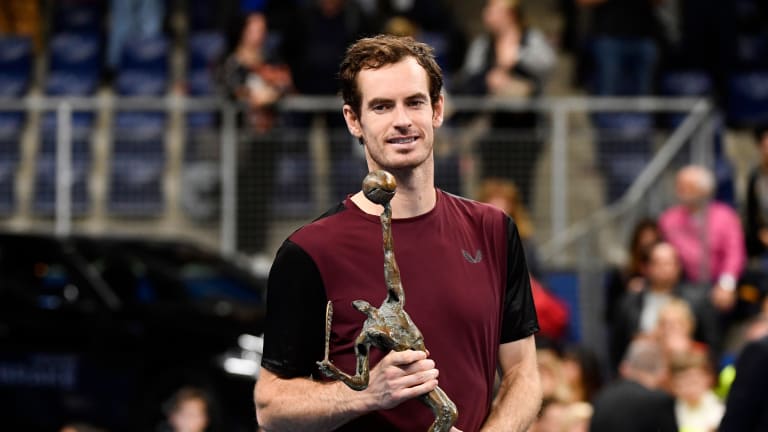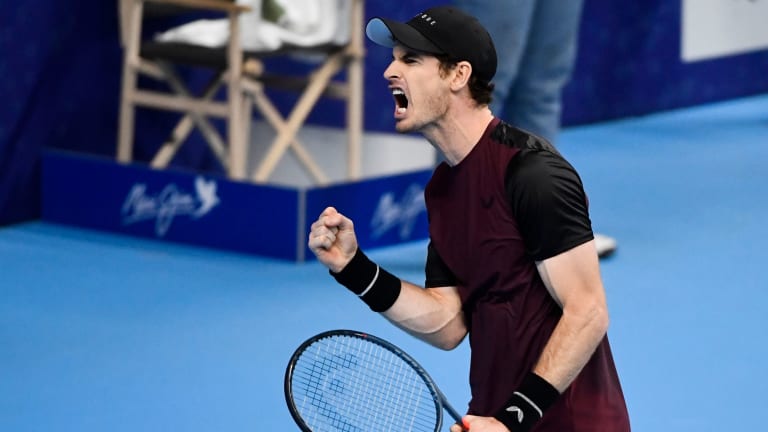ATP Antwerp, Belgium
Determined Murray scores biggest post-comeback victory in Antwerp
By Oct 20, 2019ATP Antwerp, Belgium
Alexander Bublik ends Arthur Fils’ run in Antwerp for third career title
By Oct 22, 2023ATP Antwerp, Belgium
Arthur Fils knocks out Stefanos Tsitsipas to set up Antwerp final with Alexander Bublik
By Oct 21, 2023ATP Antwerp, Belgium
With points to defend, Dominic Thiem digs in for opening Antwerp win
By Oct 17, 2023ATP Antwerp, Belgium
Felix Auger-Aliassime picks up second straight title with Antwerp triumph
By Oct 23, 2022ATP Antwerp, Belgium
Korda to play Auger-Aliassime in European Open final
By Oct 22, 2022ATP Antwerp, Belgium
Xavier Malisse steps out of retirement with Antwerp doubles appearance for second year running
By Oct 19, 2022ATP Antwerp, Belgium
All-Top 15 final in Antwerp as Jannik Sinner faces Diego Schwartzman
By Oct 23, 2021ATP Antwerp, Belgium
Jenson Brooksby completes Antwerp’s semifinal lineup in setting Schwartzman showdown
By Oct 22, 2021ATP Antwerp, Belgium
Andy Murray bonds with Frances Tiafoe after Antwerp epic, shares rare post-match chat
By Oct 20, 2021ATP Antwerp, Belgium
Determined Murray scores biggest post-comeback victory in Antwerp
Two years ago it was anyone’s guess whether Andy Murray or Stan Wawrinka would ever make it back on tour.
Published Oct 20, 2019
Advertising

Determined Murray scores biggest post-comeback victory in Antwerp
© BELGA/AFP via Getty Images
Advertising

Determined Murray scores biggest post-comeback victory in Antwerp
© BELGA/AFP via Getty Images
Advertising

Determined Murray scores biggest post-comeback victory in Antwerp